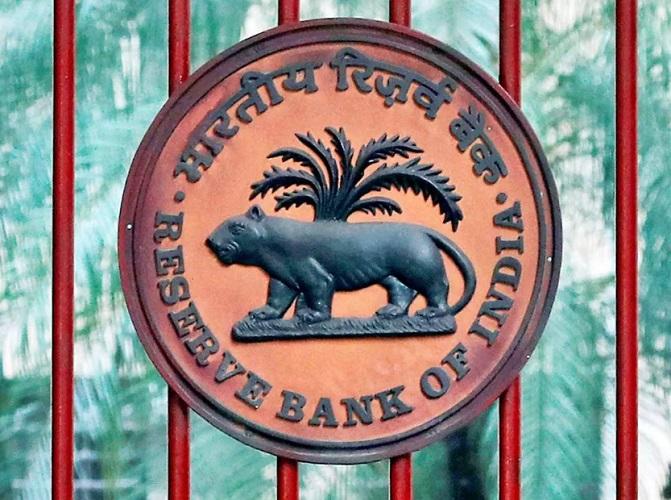The Reserve Bank of India (RBI) has recently initiated the ‘100 Days 100 Pays’ campaign, aimed at tracing and settling the top 100 unclaimed deposits of every bank in every district within a span of 100 days. This campaign is part of the RBI’s ongoing efforts to reduce the quantum of unclaimed deposits in the banking system and ensure their rightful return to owners or claimants. With the launch of this campaign, the RBI hopes to bring attention to the issue of unclaimed deposits and facilitate their resolution.
Understanding Unclaimed Deposits
Unclaimed deposits refer to funds that have remained untouched or inactive for a period of ten years or longer. When such deposits exhibit no activity, banks transfer the funds to the “Depositor Education and Awareness” (DEA) Fund, which is maintained by the RBI. However, depositors retain the right to claim their deposits, along with applicable interest, from the bank(s) where these deposits were held, even after they have been transferred to the DEA Fund.
Buy Prime Test Series for all Banking, SSC, Insurance & other exams
Reasons for Accumulation of Unclaimed Deposits
The accumulation of unclaimed deposits primarily occurs due to several reasons. One common reason is the non-closure of savings or current accounts that depositors no longer intend to operate. Additionally, depositors may fail to submit redemption claims for matured fixed deposits, leading to the transfer of funds to the DEA Fund. There are also instances where deposits belong to deceased individuals, and their nominees or legal heirs do not come forward to make a claim on the respective bank(s).
Magnitude of Unclaimed Deposits
As of February 2023, the total amount of unclaimed deposits transferred to the RBI by public sector banks (PSBs) reached Rs 35,012 crore. Among the PSBs, the State Bank of India (SBI) holds the highest value of unclaimed deposits, amounting to Rs 8,086 crore, followed by Punjab National Bank with Rs 5,340 crore, Canara Bank with Rs 4,558 crore, and Bank of Baroda with Rs 3,904 crore.
Process to Claim Deposits
To facilitate the claiming process, every bank is required to display details of unclaimed accounts on their websites, including identifiable information. Upon reviewing these details on the bank’s website, customers can visit the respective bank branch with a completed claim form, deposit receipts, and relevant Know Your Customer (KYC) documents to initiate the process of reclaiming their money.
RBI’s Initiatives
In addition to the ‘100 Days 100 Pays’ campaign, the RBI has announced the establishment of a centralized web portal designed for the public to search for unclaimed deposits across multiple banks. The RBI plans to enhance search results using artificial intelligence (AI) tools, thereby improving access to deposit-related information for claimants or beneficiaries. This web portal will eliminate the need for bank customers to navigate multiple bank websites, enabling them to locate their unclaimed deposits at a single point.
Implications and Expert Insights
Industry experts, such as Sanchit Garg, Co-founder and CEO at GLC Wealth Advisor LLP, believe that the RBI’s initiatives will significantly reduce the number of unclaimed cases and grant access to old unclaimed funds for millions of deposit holders across the country. These initiatives also raise awareness among bank account holders about the importance of tracking their money and maintaining updated nomination and KYC details. While initial challenges in terms of human resource constraints may arise for bank branches, following the directives diligently will streamline the process for future claimants.
Also Read: Govt Approves Digital Communication Framework Between Banks and CEIB
Find More News Related to Banking



 Indian Olympic Medal Winners List Till N...
Indian Olympic Medal Winners List Till N...
 Who is the Inventor of the Gramophone?
Who is the Inventor of the Gramophone?
 HS Dhaliwal Appointed New DGP Of Andaman...
HS Dhaliwal Appointed New DGP Of Andaman...
